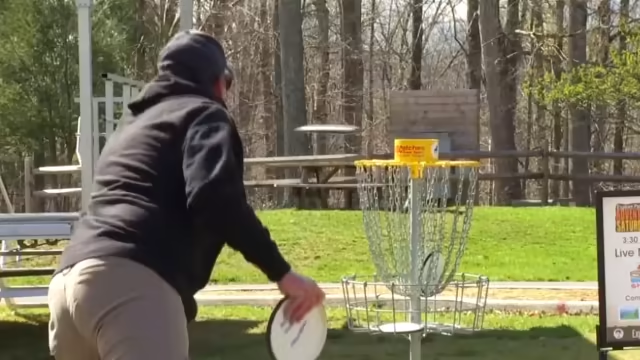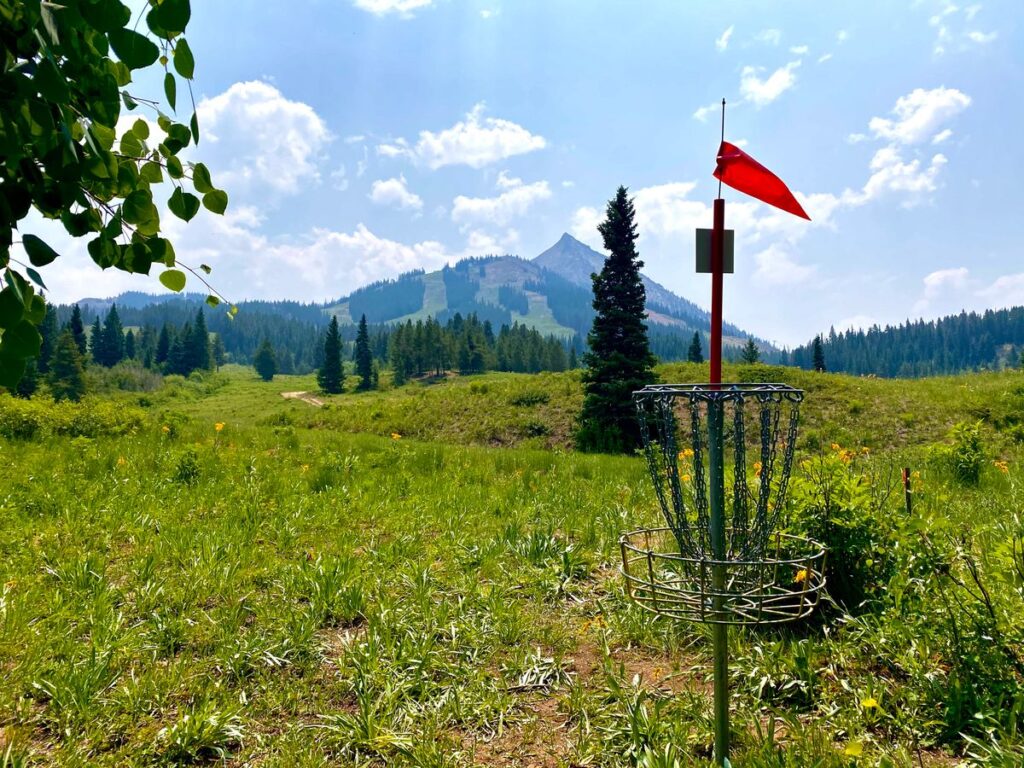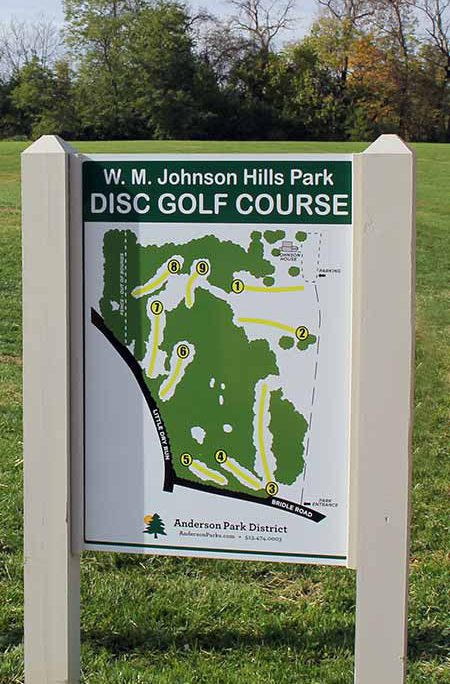Discover a variety of disc golf courses near you, offering everything from beginner-friendly layouts to challenging championship designs, perfect for players of all skill levels.
One of the sports with the fastest global growth is circle golf, which combines the openness and fun of frisbee with the accuracy of traditional golf. It’s an object that tests players’ skill and accuracy while letting them enjoy the fantastic outdoors, work out, and have fun. What makes circle golf better is that it’s generally affordable, with many public courses offering free or inexpensive play. Finding an adjacent circle golf course can open up a world of enjoyment, regardless of your level of experience.
What is Disc Golf?

Disc golf involves players tossing a circle from a tee zone toward a target, usually a metal bushel with hanging chains outlined to catch the plate. It’s essentially a frisbee version of traditional golf. The goal is to complete the course in the fewest number of shots possible, just like in regular golf. The courses themselves vary widely in terms of difficulty, terrain, and length, providing players of all skill levels with an enjoyable challenge. Don can be played recreationally with friends or competitively in local, regional, and even national competitions.
The Appeal of Public Disc Golf Courses
The unthinkably open don is one of the main demands of plate golf. Circle golf courses are surrounded by a lot of open parks, nature preserves, and recreational areas. In comparison to many other sports, these courses are often inexpensive or free to participate in, making them an affordable option. With a variety of formats designed for beginners to more seasoned players, open courses frequently provide the best presentation for those who are new to the sport.
Additionally, public circle golf courses foster a feeling of community. Because players of all skill levels can use the same area, a relaxed, social atmosphere is fostered. Courses regularly host informal tournaments, gatherings, or events that provide opportunities to interact with individual plate golf enthusiasts.
Types of Disc Golf Courses
Plate greens have a variety of structures with contrasting formats, landscapes, and levels of difficulty. The primary categories are as follows
- Beginner Courses: These shorter courses are perfect for those new to the sport because of their clear and basic layout. They usually have more obstacles, fewer hazards, and shorter hole distances. They are therefore excellent for young people, families, and beginners.
- Intermediate Courses: The best candidates for these courses are players who want to push themselves further and who already have a rudimentary understanding of the game. The holes are typically longer and may contain more impediments, such as trees, water features, or elevation changes.
- Advanced or Championship Courses: Designed for players with more experience, these are typically found in larger recreational areas or professional disc golf parks. These courses are typically more challenging, emphasizing greater distances, intricate obstacles, and crucial opening arrangements.
- Mixed-Use Courses: In certain public parks and recreation areas, disc golfers can play on mixed-use courses alongside runners, cyclists, and hikers. These courses can still be enjoyable, but you might need to exercise a little more caution and patience when navigating through crowded park areas.

Popular Features of Disc Golf Courses
It’s helpful to keep the following features in mind when choosing a disc golf course:
- Tee Pads: Many public courses use concrete or rubber tee pads to provide a level, solid surface from which to throw. A properly cared for tee pad can produce a throw that is smooth and steady.
- Baskets: Usually constructed of metal, the targets—also referred to as baskets—have chains hanging down to catch the disc. Purchasing a high-quality basket can significantly improve the game’s flow and enjoyment.
- Signage and Markers: Clearly marked signs indicating the distance to each hole and maps to assist with layout navigation are features of a quality golf course.https://www.pdga.com/course-directory This is particularly important for longer courses, where it can be simple to get lost.
- Course Maintenance: Well-maintained public courses will have designated pathways, carefully tended vegetation, and trash cans. In certain parks, players can even relax or mingle at picnic tables or benches.

Where to Find Public Disc Golf Courses
Plate fairways are frequently found in parks, natural areas, or dedicated circular golf courses. Here are some methods for locating a disc golf course near you:
- Online Course Directories: You can search databases on websites like UDisc and Disc Golf Course Review to locate disc golf courses based on amenities, location, and rating. Before you travel, you can gain an idea of what to expect by perusing the images, course maps, and user reviews that have been uploaded to these platforms.
- Local Parks and Recreation Departments:Cities and counties provide disc golf in a lot of public parks. If there are any disc golf leagues or tournaments being held by your local parks and recreation department, or if there are any nearby courses, check out their website.
- Social Media and Community Groups: Disc golfers regularly post information about courses, events, and meetups on social media platforms like Facebook, Reddit, and other neighborhood forums. Joining these groups can be beneficial if you want to discover hidden gems or learn from more seasoned players.
- Word of Mouth: The best recommendations may occasionally come from other disc golfers. Ask around at community centers, gyms, and sporting goods stores to learn about the top courses in your area.
How to Get Started in Disc Golf
All you need to begin disc golf is a disc and an adventurous spirit. Most public courses are appropriate for novices, and many even offer disc rentals at the park office or local sporting goods stores. However, if you want a more customized experience, it might be worthwhile to invest in a few of your own discs. Beginners usually start with a driver, mid-range, and putter disc to handle a range of throws and situations.
To get acclimated to the layout and practice throwing without the pressure of a packed course, you might want to visit a nearby course during slower times if you are new to the sport. By taking part in local leagues, online tutorials, and other resources, you can also learn the basics of disc golf and advance as a player.
The Future of Public Disc Golf Courses
With the growing popularity of disc golf, parks and recreational areas across the nation are beginning to feature public disc golf courses. Increasingly, communities are realizing the sport’s appeal as an inexpensive, environmentally responsible outdoor sport that promotes community involvement and physical fitness. Finding and enjoying these public disc golf courses may be a fun and rewarding experience for both tourists and locals. Overall, public circle greens provide an amazing opportunity for players of all skill levels to participate in the game.
There is a layout for every skill level, from championship courses for players with more experience to beginner-friendly options. So grab a disc and go check out a local course to experience the excitement and challenge of disc golf for yourself!



